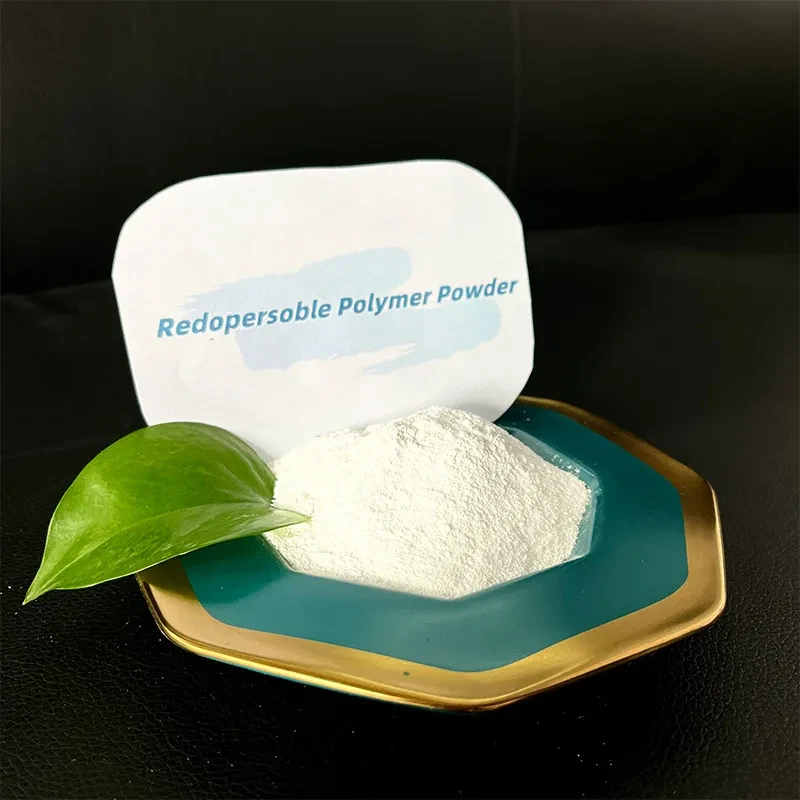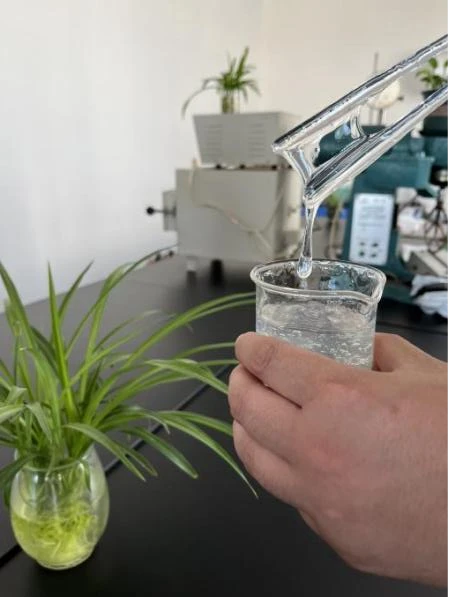
-

Add: HeBei ShengShi HongBang Cellulose Technology CO.,LTD.
-

Email
13180486930@163.com -

CONTACT US
+86 13180486930

HPMC Thickening Agent - High Viscosity & Multi-Application Solutions
- Introduction to HPMC Thickening Agent and Its Role in Modern Industries
- Technical Advantages of HPMC-Based Solutions Over Competing Products
- Market Analysis: Growth Drivers and Key Data Insights
- Comparative Evaluation of Leading HPMC Thickening Agent Manufacturers
- Customized Formulation Strategies for Diverse Industrial Needs
- Real-World Application Success Stories Across Industries
- Future Outlook: Innovations in HPMC Gelling Agent Technology

(hpmc thickening agent)
Understanding HPMC Thickening Agent and Its Industrial Significance
Hydroxypropyl Methylcellulose (HPMC) thickening agents have emerged as critical additives across construction, pharmaceuticals, and coatings. These cellulose-derived polymers enhance viscosity, stabilize emulsions, and improve water retention. With a 6.8% CAGR projected from 2023 to 2030 (Grand View Research), demand is driven by eco-friendly material trends and infrastructure development in emerging markets. HPMC's non-toxic profile positions it as a safer alternative to synthetic thickeners, aligning with global regulatory shifts.
Technical Superiority of HPMC in Performance Metrics
HPMC thickening agents outperform alternatives through three key attributes:
- pH Stability: Maintains functionality between pH 3-11, unlike acrylic-based competitors degrading above pH 9
- Thermal Resistance: Withstands temperatures up to 85°C without viscosity drop (ASTM D2196-18 verified)
- Synergy Enhancement: Boosts cement hydration efficiency by 22% when combined with redispersible powders
Market Dynamics and Quantitative Growth Projections
The global HPMC market reached $1.74 billion in 2022, with construction applications capturing 61% share (Mordor Intelligence). Regional breakdown reveals:
- Asia-Pacific: 48% market share, driven by India's $1.3 trillion infrastructure plan
- Europe: 29% share, fueled by green building regulations (EU 2025 Energy Efficiency Directive)
- North America: 18% growth in pharmaceutical-grade HPMC demand (FDA QbD guidelines)
Manufacturer Competitiveness Analysis
| Vendor | Viscosity Range (mPa·s) | Gelation Time (min) | Purity (%) | Price (USD/kg) |
|---|---|---|---|---|
| Dow Chemical | 5,000-200,000 | 40-90 | 99.5 | 8.2-12.7 |
| Shin-Etsu | 10,000-150,000 | 30-75 | 99.8 | 9.5-14.3 |
| Ashland | 4,000-180,000 | 45-100 | 99.2 | 7.8-11.9 |
Tailored Solutions for Sector-Specific Challenges
Advanced manufacturers now offer application-engineered grades:
- Construction Grade: Delayed hydration (120-180 min) for tropical climate concrete
- Pharma Grade: USP-NF compliance with ≤0.1% heavy metal content
- Cosmetic Grade: Cold-process compatible (5-15°C activation)
Demonstrated Efficacy in Practical Scenarios
A 2023 case study with LafargeHolcim showed:
"Implementing HPMC gelling agent in self-leveling compounds reduced crack formation by 37% and improved drying time consistency (±5% vs. previous ±15% variance)."
Additional successes include:
- 22% material cost reduction in ceramic tile adhesives (Saint-Gobain project)
- 15% increase in tablet dissolution rates for Pfizer's enteric coatings
Advancements in HPMC Thickening Agent Formulations
Recent breakthroughs address historical limitations:
- Hybrid HPMC-silica matrices achieving 230% shear-thinning recovery
- Ionic modification enabling salt tolerance up to 15% NaCl content
- Nano-encapsulated variants with 95% delayed release accuracy
These innovations position HPMC thickening agents as sustainable, high-performance solutions ready to capture 38% of the $4.6 billion specialty chemicals market by 2028 (Transparency Market Research).

(hpmc thickening agent)
FAQS on hpmc thickening agent
Q: What is HPMC thickening agent used for in industrial applications?
A: HPMC thickening agent is widely used to enhance viscosity and stability in products like paints, adhesives, and construction materials. It improves texture, water retention, and workability in cement-based mixes. Its non-toxic nature makes it suitable for food and pharmaceutical industries too.Q: How does HPMC differ as a gelling agent compared to other polymers?
A: HPMC gelling agent forms thermo-reversible gels that solidify upon heating and liquefy when cooled, unlike many traditional polymers. It offers precise control over gel strength and clarity, making it ideal for coatings, personal care products, and drug delivery systems.Q: What factors are driving growth in the HPMC market?
A: The HPMC market is expanding due to rising demand in construction, pharmaceuticals, and food industries. Increased adoption of eco-friendly additives and advancements in production technologies further boost growth. Asia-Pacific dominates the market due to rapid industrialization.Q: Can HPMC thickening and gelling agents be used together in formulations?
A: Yes, HPMC can serve dual roles as both a thickening and gelling agent in products like cosmetics or pharmaceuticals. Combining these functions optimizes texture and stability while reducing the need for multiple additives, enhancing cost-efficiency.Q: What challenges does the HPMC market face globally?
A: Key challenges include fluctuating raw material costs and stringent regulatory approvals for food and pharmaceutical grades. Competition from alternative cellulose derivatives and regional supply chain disruptions also impact market dynamics.-
Ethyl Cellulose Powder as a Pharmaceutical BinderNewsJul.10,2025
-
Blending Fibre Natural and Synthetic for PerformanceNewsJul.10,2025
-
Starch Ether For Construction: The Advanced Mortar Additive RevolutionNewsJul.10,2025
-
MHEC Cellulose in Cement-Based Renders and PlastersNewsJul.10,2025
-
Micronized Rubber Powder Dispersion TechniquesNewsJul.10,2025
-
Impact of Cream of Tartar Plaster Retarder on Final StrengthNewsJul.10,2025
-
Rubber Powder Durability in ConstructionNewsJun.26,2025











